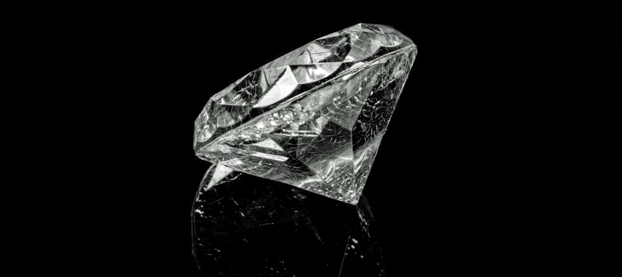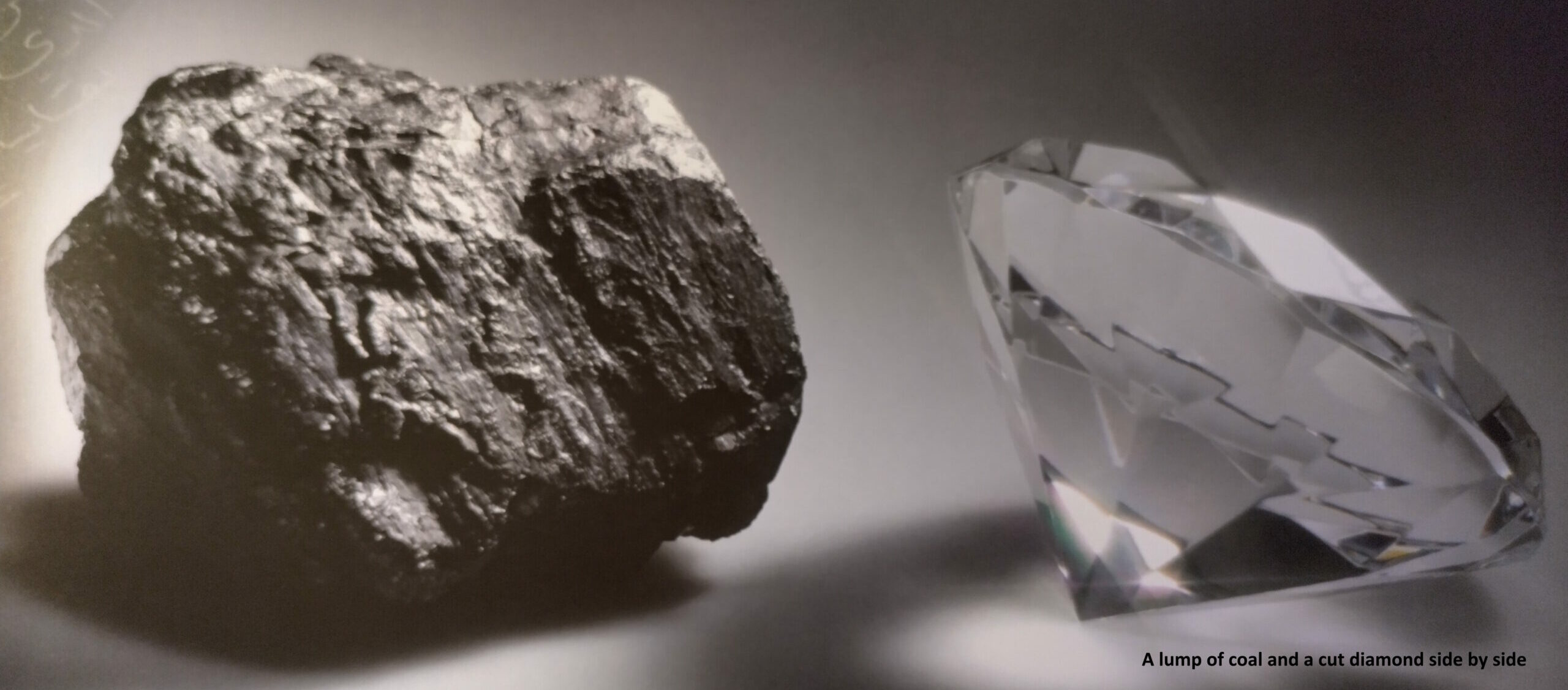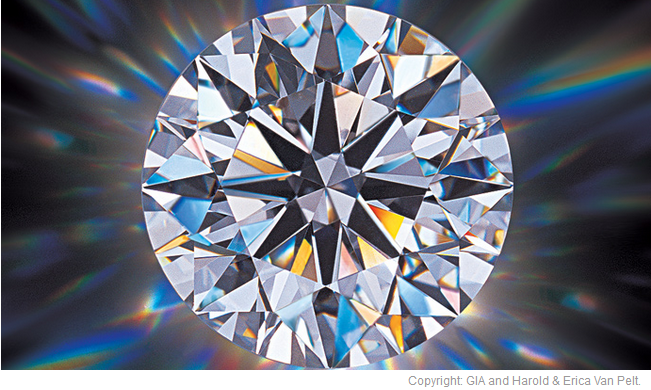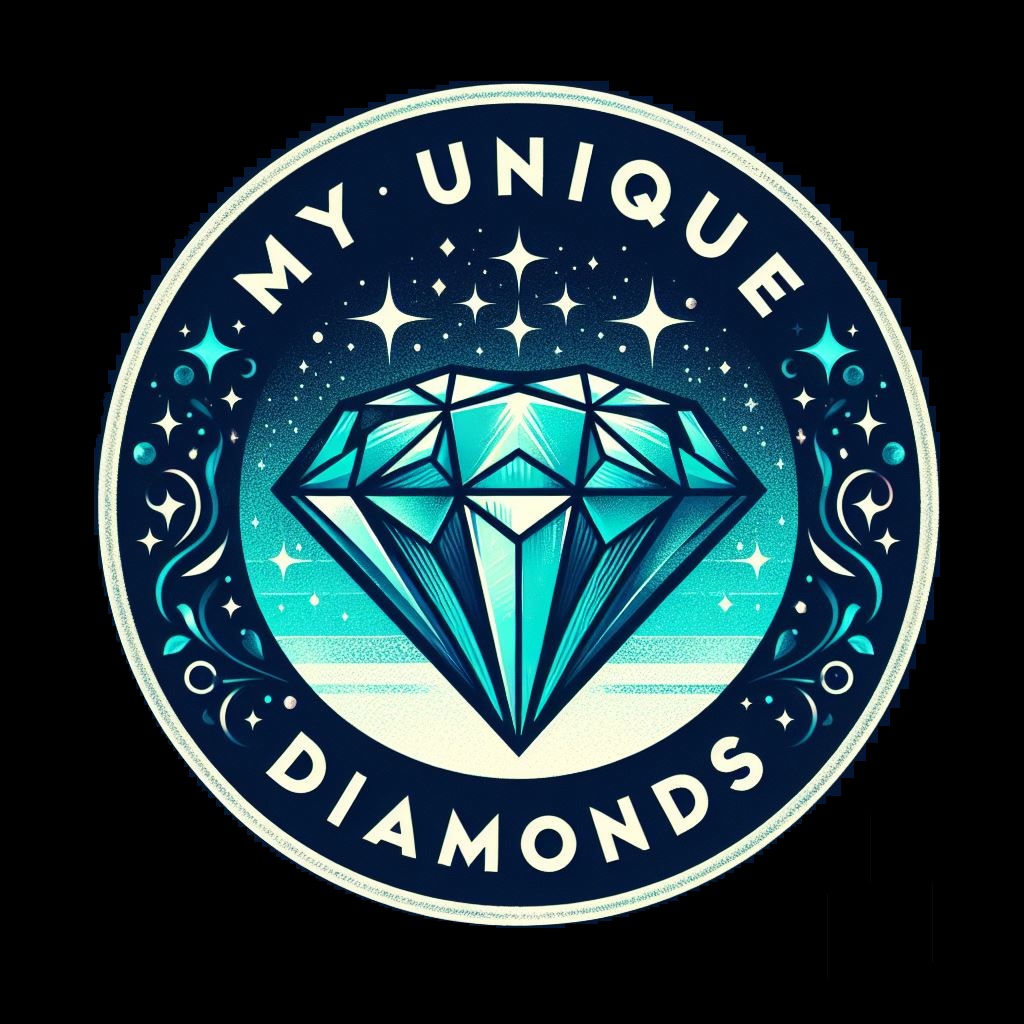To me a diamond is, next to a newborn baby, the purest object you will ever hold in your hands. It represents wealth, luxury, class, purity, indestructibility and utility all at once. There is nothing shinier, more brilliant, more fascinating to look at than the surface of a well-cut diamond, with thousands of facets over which light can pour its rays. And as you move it left and right, up and down, it finds infinite new ways to reflect light, and will do so forever. It is light but unbreakable. Beautiful yet virtually undetectable.


Nothing so small is so valuable on the planet, nothing is as pretty yet useful. Think of the words: Diamonds Are Forever… for they really are! You who possesses a diamond, think that it will be here long after you are gone, long after your descendants are too. A gift of a diamond to a loved one says: my love is indestructible and will last eons and eons. And as crazy as it is to think of, the truth is that having a few tens of thousand dollars, your choice can be between buying a brand new Mercedes or a little stone the size of a pinkie nail.
The word diamond derives from Ancient Greek ἀδάμας (romanized: adámas, “invincible”) and has been used as early as the Bible (Ezekiel 3:9). It is mentioned by both Shakespeare and Milton in their works (Troilus and Cressida, Paradise Lost). For centuries it has been synonymous with indestructibility and durability and has kept this meaning to our very day.
Understanding what diamonds are: A carbon-based gemstone
To science a diamond is a stone made almost entirely of carbon, about 99,9%, the rest consisting of trace elements which may influence its color and crystal shape. In fact it is to this phenomenon of the atoms arranging themselves into a crystal that the diamond owes its appearance. Diamonds are formed in the earth’s mantle, at depths reaching at least 150km, an is created by extreme heat and great pressure. The diamonds mined today were formed up to a mind-boggling 3,000 million years ago, long before Homo Sapiens or even dinosaurs roamed the earth. Volcanic activity causes the stones to move towards the earth’s surface, and to be carried within ores. It is these ores which are sought after by geological experts and diamond mining professionals.


So what is so special about this piece of carbon stone? Well, besides being an eye-catching and incredibly beautiful stone, it has unique characteristics: it is the hardest substances in nature as well as one of the oldest. It can scratch the toughest steel and will dent metals if compressed by them. Its natural hardness means it is very important in industrial cutting and drilling. And yet it is a brittle substance, perhaps luckily so, because this is what allows it to be cut into shapes for jewellery: it has a grain which is used to cleave it (by striking it with appropriate tools) neatly into the desired shape.
The hardness of diamond means it can only be scratched by another diamond. Therefore, diamonds are used to cut other diamonds. It is also extremely durable and cannot be deteriorated by the strongest acids or chemicals.

But perhaps the characteristic that fascinates us the most is its ability to sparkle. It is the way a diamond is cut that allows for it to shine and bend light in this special way. Cutting techniques have been developed and refined over the years for this very purpose. A better understanding of light itself has allowed for this to happen. Light breaks up into rainbows inside the diamond and reflects light back as no other substance is able to do. It is so dense that it actually slows light down and increases the sparkle.
Links to more knowledge
The Gemological Institute of America (GIA)
The Diamond Pro (Diamond Prices)
Books of interest
Diamonds. (Bruton, Eric. 1978, Chilton Book Company, Pennsylvania, USA)
